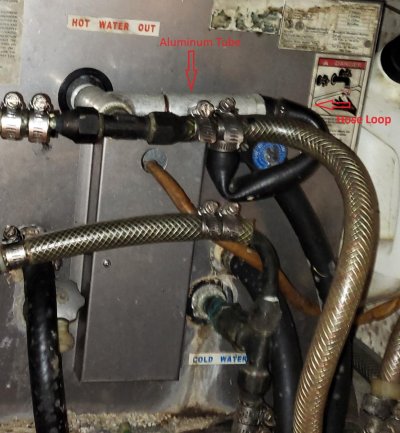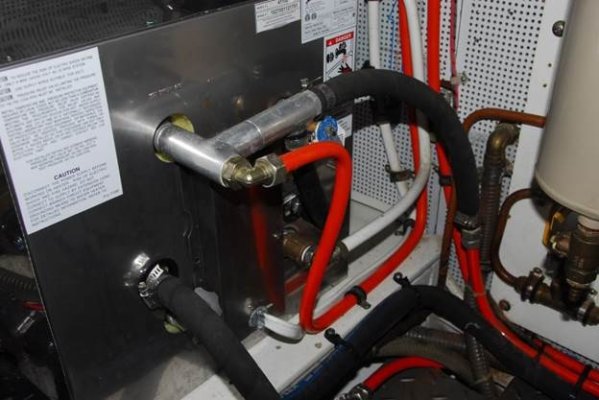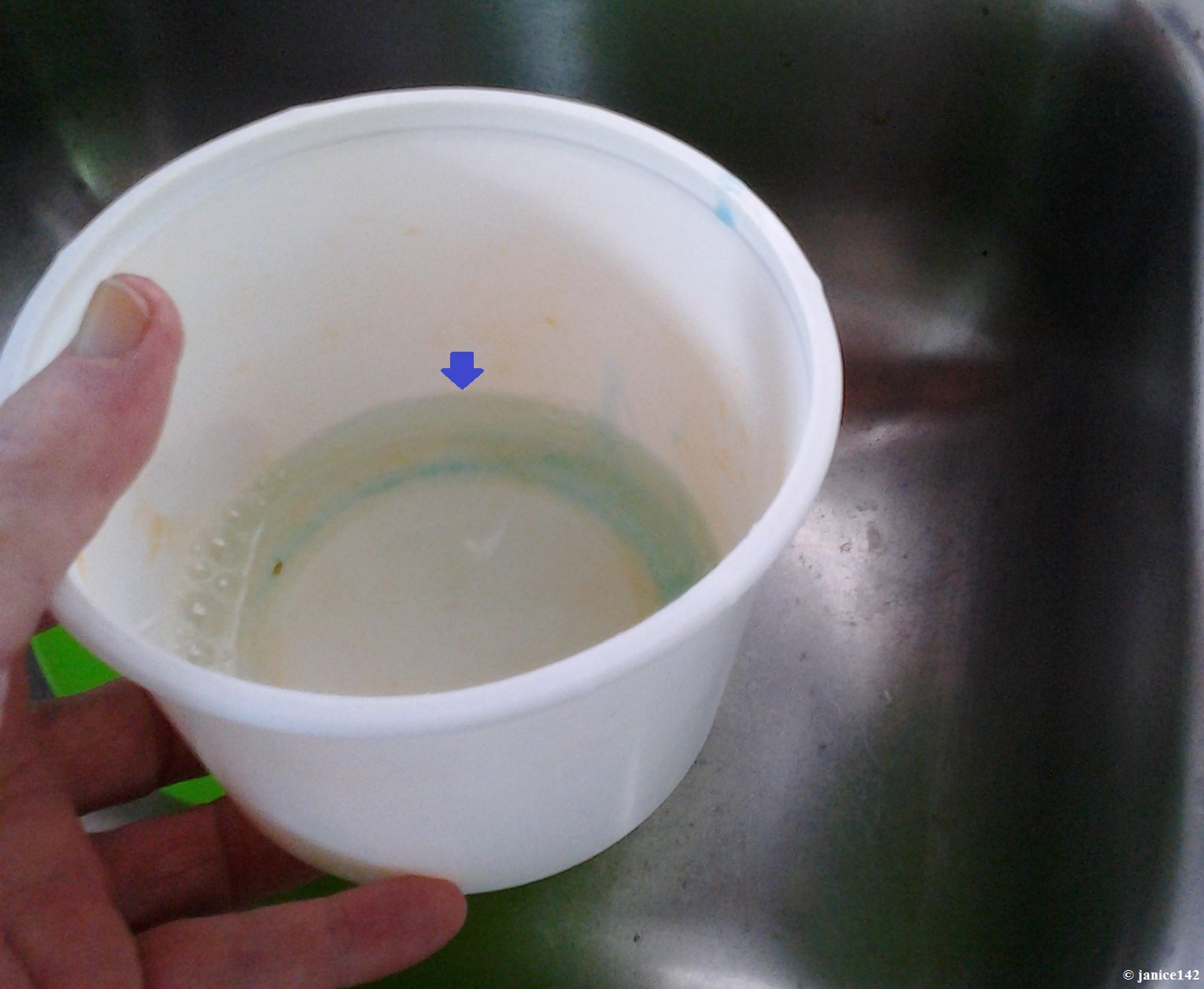DBG8492
Senior Member
- Joined
- Jan 16, 2023
- Messages
- 243
- Vessel Name
- Growler
- Vessel Make
- 1986 Marine Trader 36 Sundeck
I started working on my freshwater system this weekend, and after installing a new in-line filter system and finding out my pump was leaking (replacement ordered), I moved on to testing the hot water heater.
The only label I can see on it is "Force 10," but I know they make heaters branded by many other "manufacturers" so I'm betting they're all pretty much identical. It's the 11 gallon model - that sticker was the only one really completely intact...
It doesn't power up when the breaker is thrown - I haven't started troubleshooting that yet because I wanted to take some pictures and ask this question before I do.
On the hot water outlet, there is a T fitting that goes to two different outlets - one feeds the aft end (probably the head/shower) and the other feeds forward where I'm sure it goes to the galley and forward head.
*Behind* that T is another branch with some type of aluminum cylinder that has two outlets. The previous owner ran a small piece of hose between these two outlets. You can see it in the pic below although where the hose attaches to the bottom, it looks like it's attaching to the outlet of the T fitting - it isn't. It comes out of the aluminum tube horizontally on the aft side, then goes right back into the bottom of that tube vertically.
Anyone know what this is?
The only label I can see on it is "Force 10," but I know they make heaters branded by many other "manufacturers" so I'm betting they're all pretty much identical. It's the 11 gallon model - that sticker was the only one really completely intact...
It doesn't power up when the breaker is thrown - I haven't started troubleshooting that yet because I wanted to take some pictures and ask this question before I do.
On the hot water outlet, there is a T fitting that goes to two different outlets - one feeds the aft end (probably the head/shower) and the other feeds forward where I'm sure it goes to the galley and forward head.
*Behind* that T is another branch with some type of aluminum cylinder that has two outlets. The previous owner ran a small piece of hose between these two outlets. You can see it in the pic below although where the hose attaches to the bottom, it looks like it's attaching to the outlet of the T fitting - it isn't. It comes out of the aluminum tube horizontally on the aft side, then goes right back into the bottom of that tube vertically.
Anyone know what this is?



